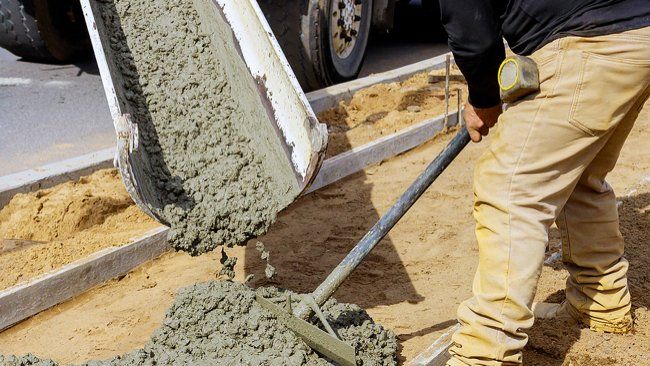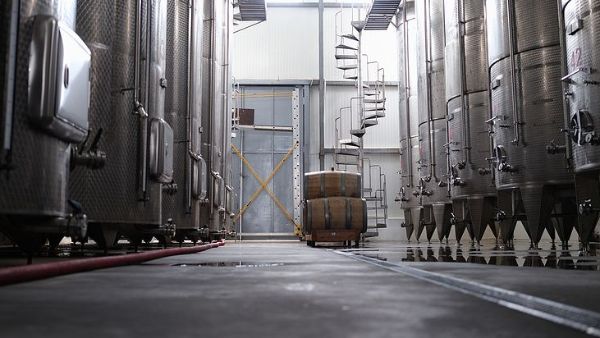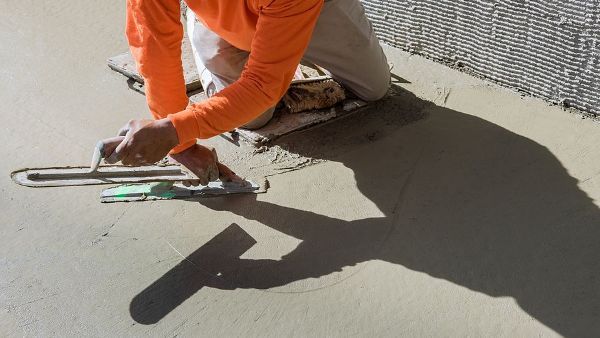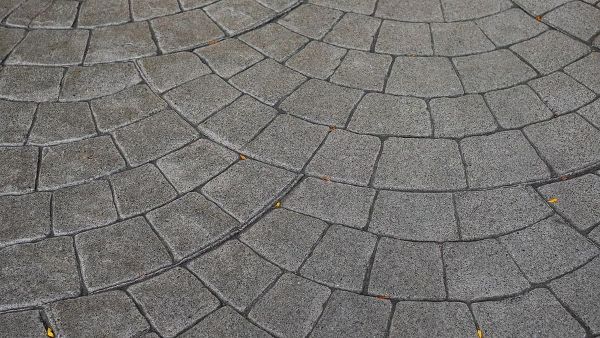Learning What a Concrete Contractor Already Knows About Concrete
Learning What a Concrete Contractor Already Knows About Concrete
Roughly 4 billion tons of concrete are produced around the world in any given year. This trend, which has been trending for about as long as people have been building things, is expected to go up in the coming years. By 2050, the figure is expected to rise to about 5.5 billion tons annually.
It's entirely possible that your local concrete contractor knows more about concrete than you do. Though this seems pretty normal, you might be thinking, "I know what I need to about a simple material." However, concrete is anything but simple and the ease with which it is used belies the complex dynamism of this chemically inert material. There's a reason that it's been in use for thousands of years, by scores of disparate cultures.
A Good Concrete Contractor Knows Concrete
Concrete is a structural material that's made of a hard, chemically inert particulate substance called aggregate. This aggregate usually consists of sand and gravel and is bonded together by cement and water. Concrete has been in use since 6,500 BC and has been used in an endless number of projects around the world and by all types of societies. After 2,000 years, Rome's brilliant concrete structures continue to stand tall because of how their ingredients collide with the earth's natural chemistry.
Concrete is also known as an erection material and is likely the most used man-made product on the planet. It is used in both residential and commercial projects and is chosen over wood as a go-to construction material in many cases. Unlike pressure-treated wood, for instance, concrete is safe for building occupants in that it doesn't give off any harmful fumes or any toxic elements whatsoever.
Concrete Is Extremely Strong
Concrete is the material that the industrialized world is build on. It's even used to build structures underwater. The strength of concrete is measured in pounds per square inch of force needed to crush a sample of a given age or hardness. The water-to-cement ratio is also an important indicator of the strength of concrete. Generally, the lower the water content is, the stronger the concrete will be.
The mixture needs to have just enough water so that each aggregate particle is absolutely surrounded by the cement paste, that the spaces between the aggregate are filled in, and that the concrete is liquid enough to be poured and spread effectively. When concrete is mixed and poured correctly in a driveway format, for instance, that driveway can last from 25 to 50 years.
Curing Is Part of the Process
The strength of concrete increases over time. Its superior structural integrity provides an extra measure of protection against severe weather as well as other natural phenomena, such as earthquakes. However, both temperature and moisture affect the strength of concrete. This is where the concept of curing comes in.
Curing is the process in which the concrete is left damp for some time after curing to slow the shrinkage that occurs as it hardens. To compensate for things like low temperatures, an additive, such as calcium chloride is mixed in with the cement. This hastens the setting process, which generates heat that counteracts moderately low temperatures.
Indeed, if there isn't moisture in the concrete, it will keep a space warm and dry during cold seasons. It is also renowned for its cooling effect in hot summertime temperatures.
Concrete Is Exceedingly Versatile
This incredible material is all around you and has multiple design possibilities. You walk on it, build homes on it, travel on it and use it to protect the things that you care about. Concrete is used to build floors and walls and even the sidewalks that you walk on. Lots of homeowners don't stop with a concrete foundation for their homes, but they also employ concrete for other projects, such as patios or the area adjacent to pools.
The Concrete Contractor Sings Its Praises
If you asked your concrete contractor to talk about the virtues of concrete, you'd be told about one of the most versatile, dynamic and durable materials that has been used in mankind's building projects, for thousands of years. From steps to patios to driveways and more, concrete simply gets the job done. For more information on how to best apply concrete to your next project, contact us at RTS Construction and we'll help you start that project on a solid foundation.
Sources:
https://housegrail.com/concrete-statistics/
https://www.britannica.com/technology/concrete-building-material
https://www.giatecscientific.com/education/the-history-of-concrete/
https://www.dcpu1.com/blog/how-strong-is-concrete/
https://civiltoday.com/civil-engineering-materials/concrete/215-uses-of-concrete





